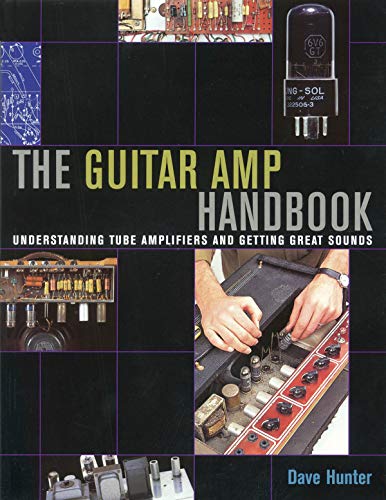Woah! that's great.i made a few m7s tuned like an average of where I've seen early fr graphs just out of curiosity to see how they would sound while testing the tolerances for the m7. I didn't match this specific graph exactly. I might do that next time. anyone want one?
red=k47v
View attachment 146497
i thought i could get away with going out to 5 micron, and i was wrong. the sound is spot on to what I was going for but does not necessarily represent the final tuning of the capsule at all. they are a mess in terms of side to side matching. Only 2 out of 5 are good enough for multi pattern lol with the same voltage on both sides. Perfect FR matching independent of sensitivity side to side tho, so our hole tolerances are good. Will back down to 2.
we've also gone one strange outlier that does more closely match the quoted post on side A:
View attachment 146514
IMO, the boost at 2-3 KHz is, generally speaking, more useful, when it comes to recording lead instruments and vocals.
Also, the dip at 5-6KHz is useful, so that by boosting the top end, when mixing, you get more air and less sibilance.






















![Soldering Iron Kit, 120W LED Digital Advanced Solder Iron Soldering Gun kit, 110V Welding Tools, Smart Temperature Control [356℉-932℉], Extra 5pcs Tips, Auto Sleep, Temp Calibration, Orange](https://m.media-amazon.com/images/I/51sFKu9SdeL._SL500_.jpg)



















